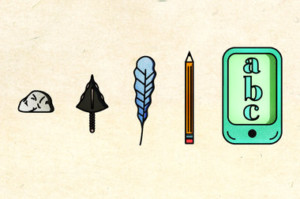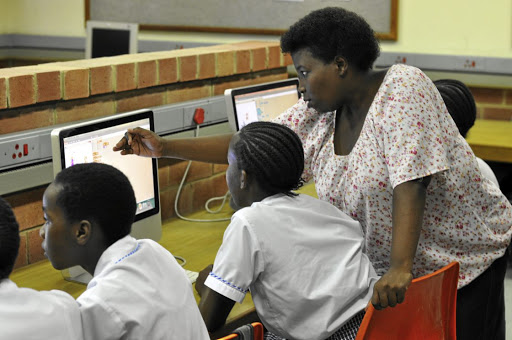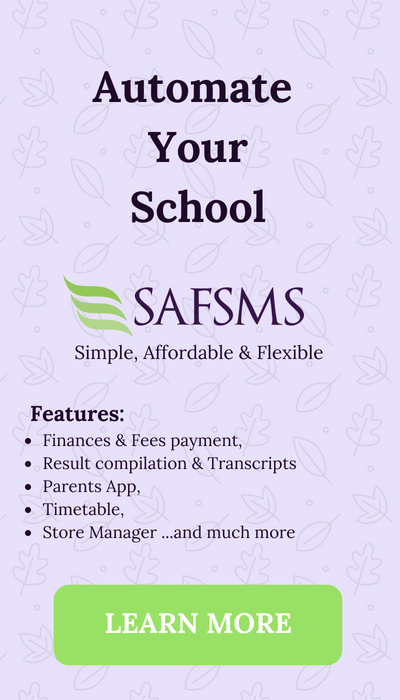One of the 2 biggest worries many administrators have when making the decision to switch to management or operational software is whether or not their staff would be able to adapt to the change smoothly. What’s more, there are several other reasons why teachers should be computer literate before you hire them.
Easier jobs (and management)
This one is easy to guess. If all your teachers are able to use online teaching resources and work with simple, effecient software like SAFSMS to manage classroom and individual student records, make curricula or lesson plans and timetables, the quality of the teaching automatically improves. Technology also frequently offers cheaper avenues for teachers to directly cut spending on some recurring classroom resources.
Better student (and parent) Engagement
These days, nobody is concerned with just old fashioned teaching. The best teachers of the 21st century are the ones that can equip students for the direction the future is taking. Obviously, this is impossible if the teachers are ill-equipped. There are so many cool apps and gadgets that modern teachers can take advantage of to improve student engagement, and a number of them are free. Interactive whiteboards and educational programs are among the top ways teachers can use technology to improve student engagement in the classroom. Homework is also changing; with a host of free apps and LMS software that let teachers send assignment deadlines notifications, accept electronic homework submissions, collaborate on group work and more.
For teachers seeking personal development and school administrators looking for a practical way to boost their teaching staff, we blogged last week about re:learn’s Educators Network and how they are training STEM-competent teachers for deployment to schools; find out about it here. Also learn how FlexiSAF is addressing the large human resource deficit in the Nigerian education sector with specially designed programs to equip teachers with basic computer skills moving them toward modern learning and teaching.


















You have changed my perspective a lot with this article. Now I know there is hope.
Thanks. Great to know
I never saw it from this angle, teachers are a most valuable resource. What an enlightening piece.
Thank you, Mariam!
I never saw it from this angle, teachers are a most valuable resource. What an enlightening piece.